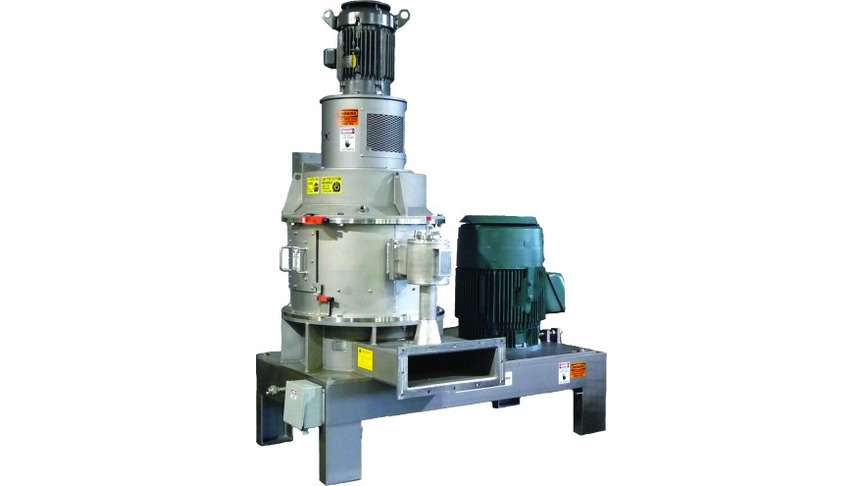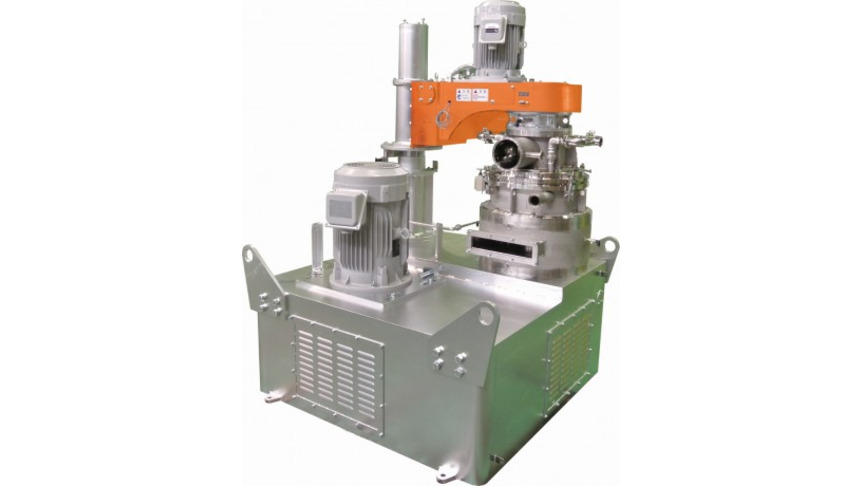- Industries & Machines Industries & Machines
- IIoT IIoT
- Service-Toll Processing Service-Toll Processing
- Material Material
- News News
- IR Information IR Information
-
Sustainability
Sustainability
Sustainability
- Introduction
- Hosokawa Micron Group "Basic Human Rights Policy"
- Sustaibality Policy - Mission Statement
- Editorial Policy
- Integrated Report
- Materiality & Strategy
- Technological contribution to a sustainable global environment
- Contributions towards a safer, more secure and prosperous society
- Sophistication of governance that supports business
- ESG Data Collection
- Sustainable Business Management ~ Finance
- Infromation Disclosure Based on TCFD Recommendations
- Jobs and Careers Jobs and Careers
-
About Us
About Us
About Us
- Greetings (Company Introduction)
- Hosokawa Micron Group "Basic Human Rights Policy"
- Management Philosophy
- Corporate Overview
- Corporate Profile
- Business Areas and Strengths
- Corporate History
- Hosokawa Micron Group
- Domestic Facilities
- Overseas Subsidiaries (Asia)
- Overseas Subsidiaries (Europe)
- Overseas Subsidiaries (America)
- Asian Agents
- Powder Technology Research Institute
- Industrial Property Rights
- Journals and Books
- Technical Information
- Annual Publication "Micromeritics"
- Compliance Charter
- Privacy Policy
- Cookie Policy
- Quality Principle

Industries & Machines
- TOP
- Industries & Machines
- Machines Search
- ACM PULVERIZER[NEW!]
ACM PULVERIZER[NEW!]
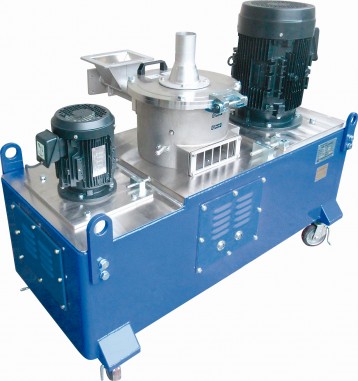
Summary
The ACM Pulverizer is a fine impact mill with a built-in classifier, widely used for many applications with over 2500 units sold throughout the world. Adjusting the rotating speed of the grinding rotor and the classifying rotor can easily control the product size. There are many models of the ACM. The ACM-A model can yield products with average particle sizes of 10-100μm, with the high speed (peripheral speed of 130m/s). The ACM-H model produces average product sizes of under 10 μm. The ACM-HC model is an abrasion resistant model with its powder contact parts constructed in ceramics to minimize contamination.
("ACM PULVERIZER" is a registered trademark of HOSOKAWA MICRON CORPORATION in Japan)
Principle
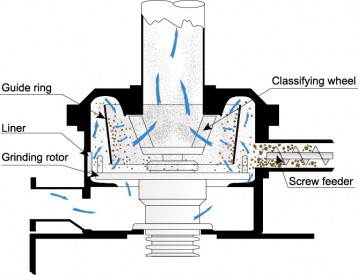
Fig.1 Schematic figure of ACM Pulverizer
The interior structure is shown in Fig.1. The grinding rotor grinds material fed through the feed inlet efficiently. After the grinding process, the powders are carried to the classifying section by the circulating airflow. In the classifying section, the fine powders are suctioned into the interior of the classifying wheel and are discharged as products. The coarse material is affected by centrifugal force and flows through the inner guide ring back to the grinding chamber. The ACM utilizes an interior closed circuit grinding mechanism and re-grinds the material by the strong impact forces generated by the hammer and liner.
As displayed in Fig.2, since the ACM has a built-in airflow classifier, any powders that pass through the classifier are collected as products by cyclones or bag filters. We have many references with inert gas circulation system flows (Fig.3) for explosion and diffusion prevention as well as quality preservation.

Fig.2 Flow of standard system of ACM Pulverizer
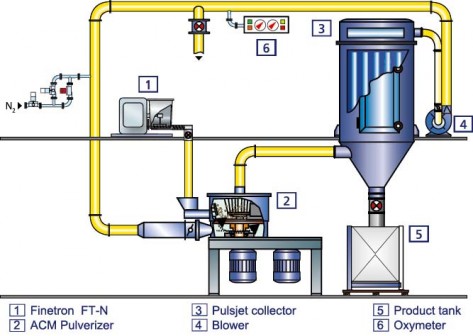
Fig.3 Flow of closed loop of ACM Pulverizer
The expnation of this machine is also available by the folloing movie.
Features
- Changing the air volume and classifying rotor speed can easily adjust the particle size. This allows the operator to change product sizes during operation as well.
- Due to the large volumes of air used by the ACM Pulverizer, grinding heat sensitive materials possible.
- The ACM Pulverizer is available in many model sizes and has numerous grinding and classification configurations.
ACM-A

Fig.4 ACM Pulverizer ACM-10A
The ACM-A is the standard ACM model, with many references and can be applied to a wide variety of applications. There are many options for the ACM and compared to the H model, the air volume per power consumption is lower, allowing the A model to minimize the increase in powder temperature.
ACM-H
For applications, which require finer products, and/or require constant cleaning, the ACM-H model (Figs.5, 6) with easy disassembling structure is best suited. The H model has a double casing structure which reduces the high frequency noise compared to the A model.
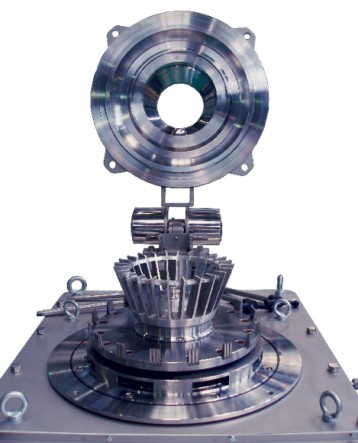
Fig.5 ACM Pulverizer ACM-15H disassembled
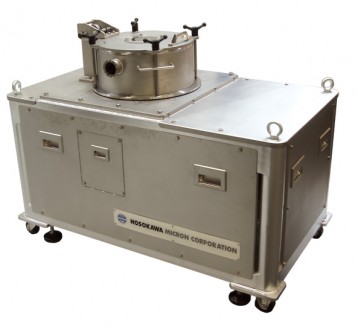
Fig.6 ACM Pulverizer ACM-15H (drive section in mount)
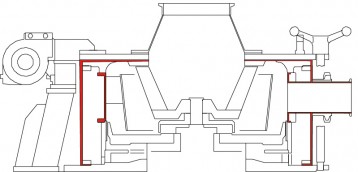
Fig.7 Schematic figure of ACM-H (double structure)
ACM-2EC
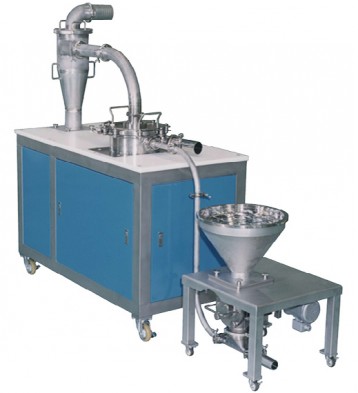
Fig.8 ACM Pulverizer ACM-2EC
The 2EC model has an easy disassembly and cleaning compact structure that allows the unit to be installed in small spaces. The unit utilizes a gap rinsing mechanism to minimize coarse particle contamination. The ACM-2EC (Fig.8) is suitable for low capacity multiple product production.
ACM-HC
The HC model (Fig.11) has the same structure as the ACM-H model but with the powder contact parts are built in ceramic material instead, making the unit abrasion resistant and eliminates metal contamination. The unit is suitable for battery and electronic materials which cannot have any metal contamination.
Wide Variety of Optional Parts
The ACM has numerous varieties of grinding and classifying parts, which allows the unit to produce a wide range of products. Adhesion and abrasion resistant optional parts are available as well.
Grinding Hammer Option
Vertical Grooved Hammer
The impact force of the hammer as well as shearing and attrition force generated by the turbulent flow can grind fibers and materials to less than 10 μm.
Bar Hammer (Fig.9)
Has an excellent mechanical strength and can easily be designed with abrasion resistant specifications. Large-scale units are available for a wide range of usage.
Pin Disc Rotor (Fig.10)
Can reduce the generation of fine particles and minimize pressure loss and noise levels. It is efficient in producing product sizes of approximately 100 μm.
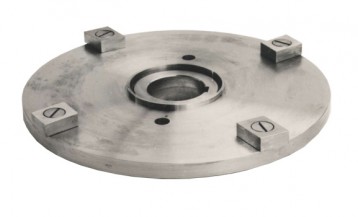
Fig.9 Bar Hammer
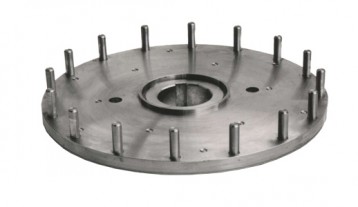
Fig.10 Pin Disc Rotor
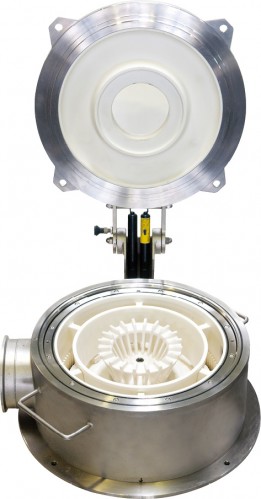
Fig.11 ACM Pulverizer ACM-15HC (ceramic type)
ACM-BC
ACM-BC is the fine impact mill with a built-in classifier, suitable for grinding and disintegrating of materials where metal contamination free operation is required.
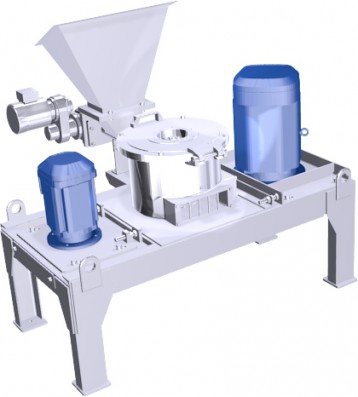
Fig.12 ACM-15BC
ACM-BC is the fine impact mill, with ceramics material on all powder contact parts, and have been developed to meet the demand of metal contamination free products in the fields such as cathode materials of rechargeable battery.
The mill and classifier structure is thoroughly simplified resulting in high reliability and significant initial cost reduction.
ACM-F
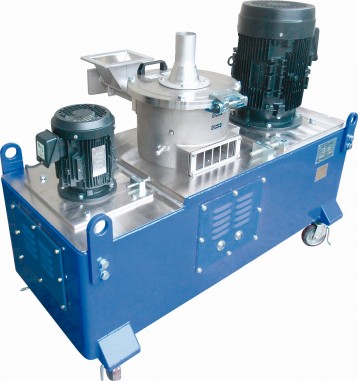
Fig.13 ACM-15F
Managing both enhancement of the grindability and decreasing running costby redesinged the grinding, classification, and internal circulation sysytem.
Liner
Triangular Grooved Liner
It can generate a strong shearing force, suitable for grinding fibrous materials.
Grooved Liner
Is effective for grinding a wide range of materials and comes standard in most mills.
Smooth Liner
Minimized generation of fine particles and is suitable for adhesion and abrasion resistance.
Classifying Wheel
Long Blade Wheel (Fig.12)
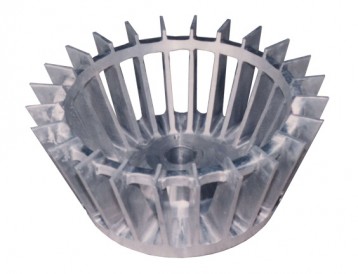
Fig.14 Long Blade Wheel
The standard high-speed wheel made of aluminum alloy is suitable for producing products under 10μm.
Short Blade Wheel
The Short Blade Wheel has a lower blade height compared to the Long Blade Wheel. The area of the classifying wheel is much smaller and is suitable for coarse classifying. It has a higher classifying efficiency and can decrease the amount of adhesion to the mill cover and guide ring. There are options for the Guide ring and Deflector ring as well.
Related equipments

Feel free to contact us. if you have any questions or concerns.

